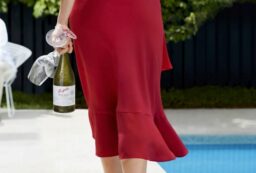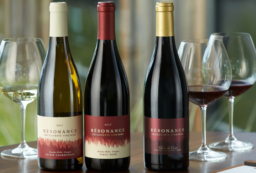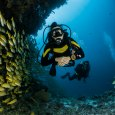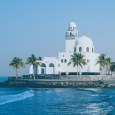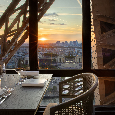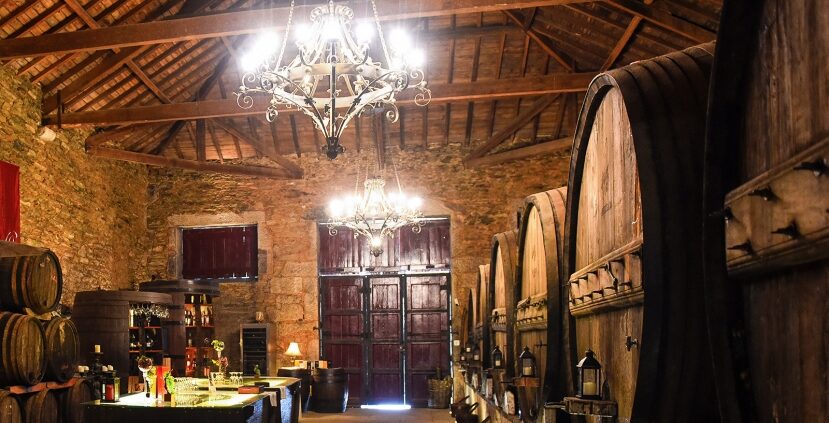
By Susan Kime
Travel and wine tasting in the Douro River wine region in Portugal is like sailing into oenophile fantasy land where viticulture and the love of wine is at the center of the experience. This UNESCO World Heritage Site has produced wine for 2000 years and is one of the oldest wine producing areas on earth.

Archaeological evidence suggests that wine trade at the mouth of the Douro River dates back to a Phoenician trading settlement in the area during the 8th century BC. As early as the 13th century, wine produced in the Douro Valley was already being shipped along the river to Porto in traditional wooden rabelo boats of a type that, while no longer commercially used, can still be seen on the river.
The Douro forms the core of the Douro River Valley vinhateiro – wine-growing vineyards of grapes producing port, vinho verde and muscatel wines creating and ideal travel and wine tasting along the Douro River. The quintas, or wine estates, are numerous as well. The wine and dining experiences are among the most exquisite anywhere. Here are five favorites, all touting different wine varieties emerging from the diverse terroirs of the areas.
Quinta de Aveleda – Vinho Verde

This estate vineyard was founded in 1870, and has been owned, for five generations, by the Guedes Family. It is the largest producer and exporter of Vinho Verde in Portugal, exporting to over 70 countries worldwide. The Quinta De Aveleda, looks more like a botanical garden than an estate vineyard. With an entry gate imprinted 1748, and the estate chapel dates even earlier, there were deep purple and green hydrangeas, pink camellias, ancient cork trees, noisy peacocks, and, oh yes, the vineyards.

After having been surprised by abundant, colorful flora, a green teahouse structure in the middle of mossy green pond, a canopy of cork trees, there is the tasting room. Their Vinho Verde was slightly greenish and effervescent. The terroir that creates this wine is a rich in water, mild temperature, and granite soil with high acidity. All these result in a light, crisp, aromatic wine.
"Traveling the Douro is indeed an education, as well as an exquisitely delicious way to indulge in the food, culture, and of course fabulous wines of the region. "

This wine estate is in the Alto Douro Region, in the vineyard village of Favaios. It is a century-old wine growing family estate, whose specialty is Muscatel wine, a particularly aromatic variety, with a citrus, flowery, taste with a truly sweet grape finish.

The Quinta is located on a plateau, where the terraced vineyards predominate. It was the first vineyard in the region to plant the Muscatel Galego variety and consequently to produce Muscatel de Favaios. This benign consequence was due to an event not so benign—the phylloxera plague, that decimated other grape varieties in the 19th century. Fortuitously, the Moscatel Galeo grape survived, and was planted as a test – and it thrived. It is now bottled as the Muscat of Favaios.
Sandeman – Port

Situated on the summit of one of the high terraced hills above Porto, is an 1811 granite building overlooking the Douro River. It is the House of Sandeman, known for its fortified wines — prize-winning ports and sherries — gathered from the estate’s hundred-year-old vines in the Quinta do Seixo wine-growing region. With a total area of 245 acres planted with traditional grape varieties of the Douro, Sandeman produces both Porto and Douro DOC, the highest classification of wines made in the Douro region.

Sandeman’s logo is an image of the Black Don, a mysterious figure with a Portuguese student’s cape and a Jerez (Spanish) hat. It was designed by Scotsman George Massiot Brown in 1928. The House of Sandeman has thousands of dusty bottles neatly placed from floor to ceiling. The dark stone floors finally led to an open patio where you can sample some exceptional Tawny, Vintage, Ruby, and White Sandeman ports.

Famously depicted on bottles of Mateus Rosé, a favorite of those alive and thirsty in the 80’s, it was learned there is an actual estate called Casa De Mateus, an 18th-century Spanish baroque palace in Regua, Portugal, constructed by the Italian-born architect Nicolau Nasoni. It replaced the Mateus family home existing on site since the early seventeenth century. In 1911 it was classified as a National Monument. The palace consists of the main house, the library, the gardens, a winery and a chapel. In 1911 is classified as a national monument. The tasting and purchasing area showcases Mateus Rosé, a bright pink wine that still has a sweet tang.

An unexpected aspect of this Palace were the rose gardens, the garden topiary, and the ancient Spruce trees, dating back a century.
Cistercian wines of the Tavora-Varosa region

In the 12th century, the Cistercian Monks were expanding their religious reach to Portugal. In addition to building a large monastery called St. John of Tarouca, they also planted grape vines at the base of fertile hillsides above the monastery, between the Távora and Varosa rivers. This area, still called Távora-Varosa, borders the Douro to the north. The vines still grow between 1000-2000 feet above sea level on granite soil.
Soon thereafter, you might to a traveled to a 17th century wine estate called The Casa de Santo Antonio de Britiande, with the tasting room, the Quinta de Santa Cruz. There, you can taste the unique white sparking wine of Tavora-Varosa. The taste was a bit sharp, yet comforting. This is the result of the terroir: the granite soil, poor in limestone and cold in winter.

These were five of the most well-regarded of the many, many Quintas and wine varieties of the Douro Valley. The estate histories reflect and refract the terroir of the diverse soils, climates and altitudes of the areas. Traveling the Douro is indeed an education, as well as an exquisitely delicious way to indulge in the food, culture, and of course fabulous wines of the region.





